Tequila, Mezcal, and Pulque are traditional Mexican drinks made using agave succulent plant varieties—but each beverage is distinct and offers different taste experiences.
Tequila
Tequila is Mexico’s national drink and one of the icons synonymous with the country. The ‘Tequila’ marque is now protected world-wide and production of the drink is tightly regulated: only a handful of Mexican states have production rights, and the best Tequilas emanate from Blue Agave grown in the rich volcanic soils situated in the state of Jalisco. Tequila is made by harvesting the hearts (known in Spanish as piñas) of the Blue Agave (ah-gah-veh) plant, slowly baking them in large ovens, and then pressing the pulp into a sweet liquid that is passed through a prescribed distillation process. Afterwards, the Tequila is transferred into specially-prepared wood barrels and left to age. The precise process, barrel type and aging time determines the Tequila’s classification, and strict labeling regulations enable buyers to know what type they are paying for. The highest quality Tequilas are made from 100% agave, whereas less expensive varieties use a mixture of agave and sugar cane. Tequila can be enjoyed straight or mixed into a variety of cocktails, the most of popular of which is the Margarita. You can find tequila cocktail recipes on the Mexican Bar here on Mexperience.
Mezcal
Mezcal is distilled using a similar production process to tequila but the tastes and nuances of the final blend are distinct. Mezcal, once a semi-obscure cousin to tequila, has recently gained widespread popularity and so the Mexican government acted to regulate its production, helping to improve the quality of mass-produced varieties and thus giving confidence to the wider market. As with Tequila, Mezcal is produced by baking the hearts (piñas) of the agave; but unlike Tequila, which is made exclusively from Blue Agave, Mezcal may be produced from nearly 30 different varieties of agave. Most Mezcal is produced using the espadín agave, although distillers also blend different varieties of the plant with the intention of creating unique flavors. The drink undergoes an aging process and, like Tequila, an aged Mezcal feels more robust and often smoother on the palate than the younger alternatives. The best Mezcal —like the best Tequila— is made from 100% agave; and like Tequila, less expensive varieties use cane sugars and contain other flavorings. Mezcal has a distinctively smoky flavor which for many is an acquired taste. Purists assert that Mezcal doesn’t lend itself to being mixed in cocktails, although there are plenty of Mezcal cocktail recipes to try out. Traditionally, Mezcal is taken straight with a pinch of sal de gusano: a condiment made by grinding together dried larvae, chiles, and salt. Mezcal may also contain a ‘worm’ (larvae) at the base of the bottle—this is a ploy concerned only with the product’s marketing and does not alter the taste. Tequila never has a ‘worm’ in the bottle.
Pulque
Pulque is an ancient beverage dating back to Mesoamerican times. Like chocolate in that era it was an élite beverage employed in ritualistic ceremonies and was later used by indigenous tribes as a form of medicinal tonic. While Pulque is also made from the agave succulent (distinct agave and maguey varieties exist), in any case the plant is not baked and distilled; instead, the plant’s sap is fermented. The sap is extracted by cutting a cavity into the heart of the agave, and the sweet liquid that comes out is called aguamiel (honey water). Once extracted, the sap is fermented to create a milky-colored and viscous beverage which creates a slight foam when it’s poured. Its taste is often likened to fermented oatmeal with a yeast undertone. Pulque can be taken straight, but is more often served as a long drink —termed ‘curado‘ in Spanish— prepared by blending the fermented sap with any combination of fruit pulps, nuts and spices, or sweeteners. Connoisseurs assert that the blend should only be taken fresh and that you should ask the vendor whether the batch you are being served was prepared today. Pulque is a low-alcohol beverage (typically 2-6%), whereas Tequila and Mezcal distillations typically contain around 40% alcohol. Beware: notwithstanding its low alcohol content, Pulque can creep-up on you, and a long afternoon whiled away taking this ancient beverage with your companions can leave your head clear and your legs confused when you eventually stand-up to walk.
Mexico in your inbox
Our free newsletter about Mexico brings you a monthly round-up of recently published stories and opportunities, as well as gems from our archives.

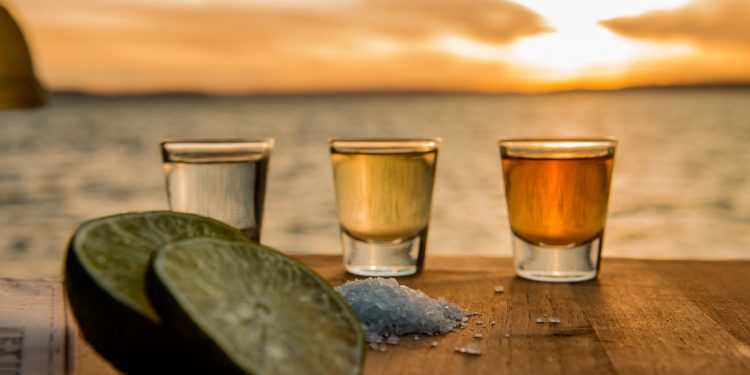
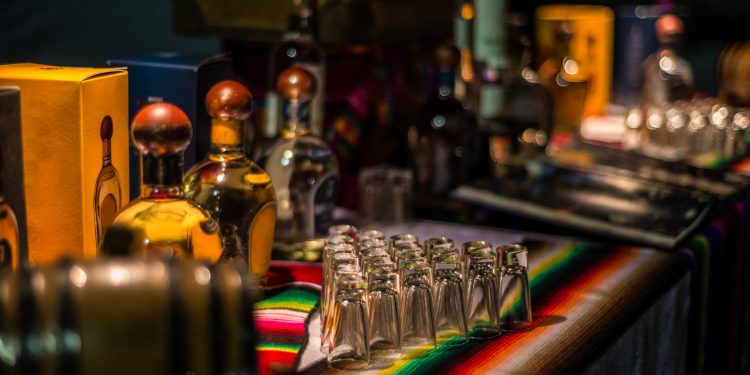
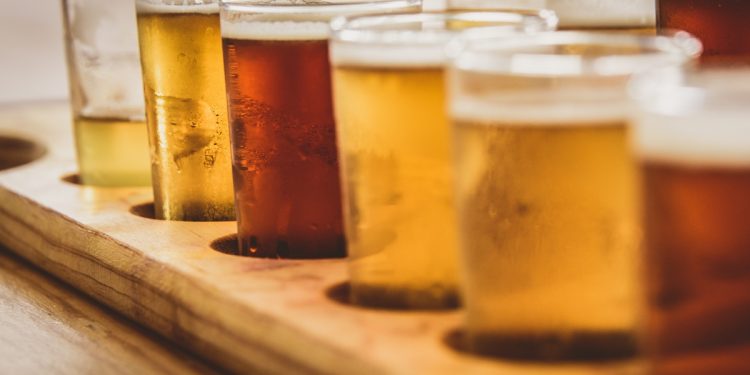
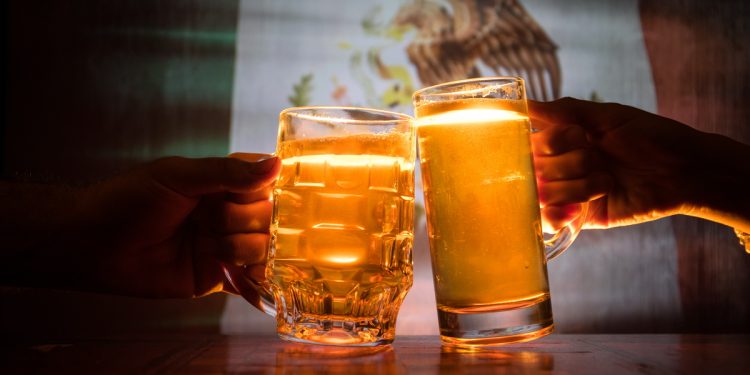
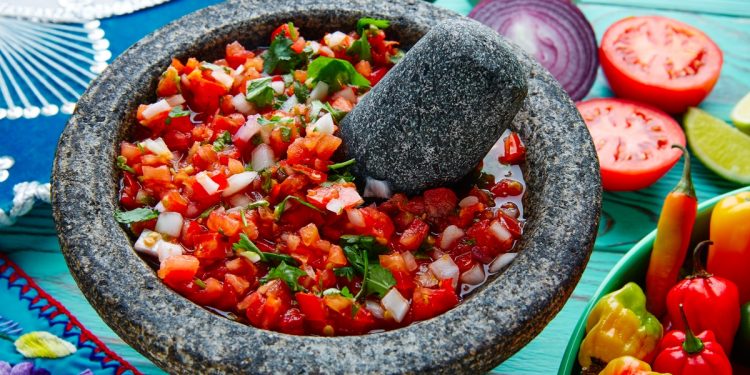
Mezcal is for the guys and Pulque is for the girls. If you don’t get it, you haven’t tried it!
To my understanding, tequila and mezcal come from the agave, whereas pulque comes from the maguey, a much different plant.
Pulque, the original Aztec beverage, is very light in alcohol, has a mild, slightly fizzy or acidic taste, and is said to confer all manner of health benefits on those wise enough to consume it. AFAIK, you cannot buy pulque in stores because it resists bottling or canning. You must drink it fresh. I have had most often at local ferias and fiestas, though I do know of restaurants—Doña Yolanda in Tlaxcala comes to mind—that offer it as a matter of course. In my experience, curadas are simply pulque with added flavors, not my cup of tea, but YMMV.
There are two basic categories of mezcal: ahumado (smoked) and non-ahumado. I prefer the ahumado, but not too ahumado. This is akin to overly hopped IPAs.
Some argue that tequila is really a variety of mezcal, which must be produced in Jalisco and possess a relatively typical flavor profile.
Cmon. How could you not mention the most important part of making mezcal? You can’t miss the part of the process which is smoking the pinas in the ground. That is what mezcal is all about and what gives it it’s distinct smokey taste!!
Pulque and mezcal fall into youth experiences when you try a drink for the first time and it hits like a mega truck and you don’t try that again. Because the taste stays with you. Tequila taste is different and more sober friendly the next day.
Pulque and Mezcal taste terrible. The only reason to drink either of them is you can not afford even inexpensive Tequila.
Not sure where you are that mezcal is cheaper than Tequila, Bud. But I want to be there.
I don’t know if I have tasted Pulque or not… I will have to put it on my to-do list!
Espadín Mescal makes a fabulous mescal margarita!